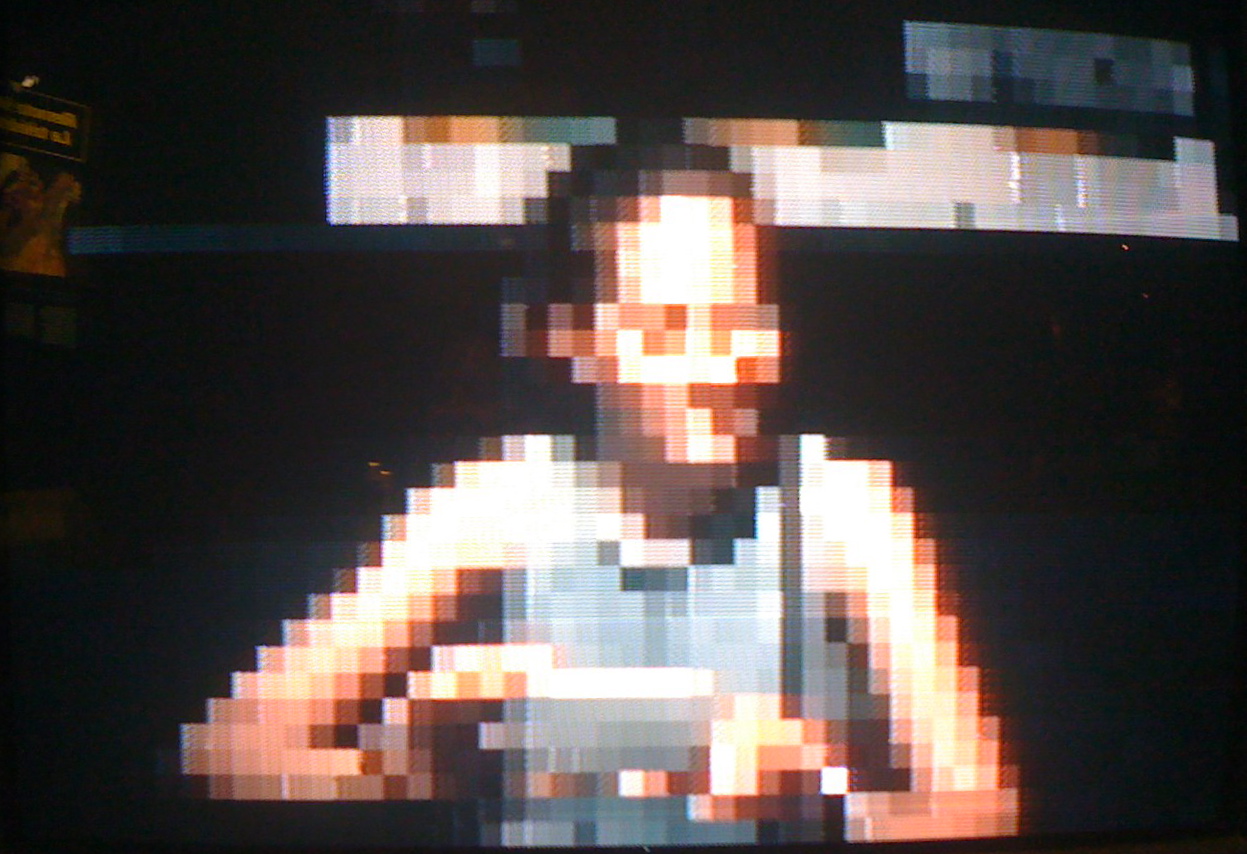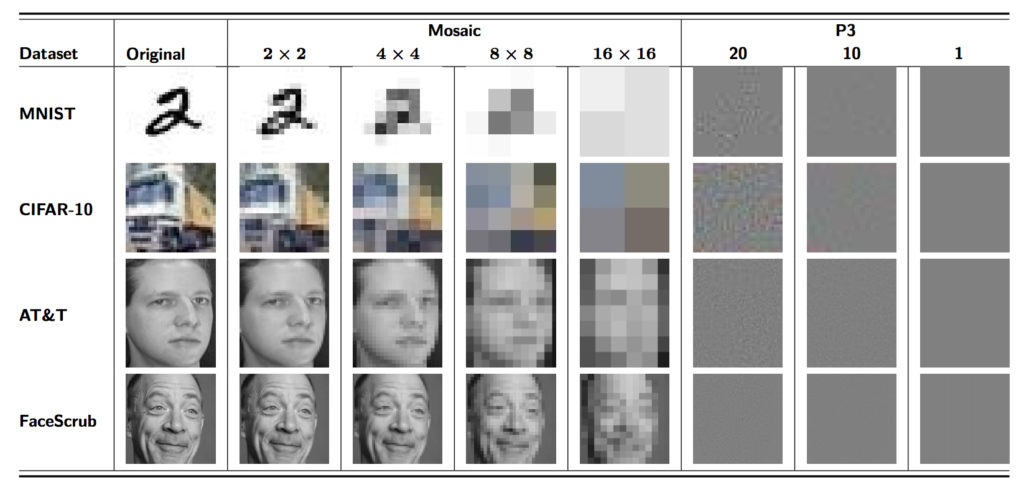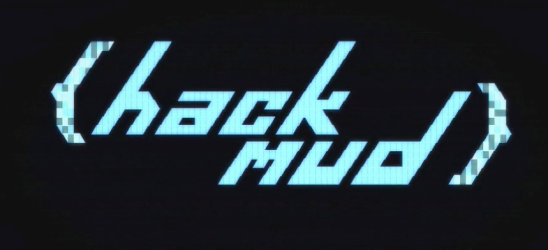 Many businesses share documents that are pixelated in order to protect private information, whether they be bank account numbers, photographs or other private information. Although pixelation used to be a simple and sufficient way to hide confidential information, now computers are smart enough to read these distorted images—even when your eye cannot. Pixelated documents are no longer safe!
Many businesses share documents that are pixelated in order to protect private information, whether they be bank account numbers, photographs or other private information. Although pixelation used to be a simple and sufficient way to hide confidential information, now computers are smart enough to read these distorted images—even when your eye cannot. Pixelated documents are no longer safe!
Researchers from the University of Texas and Cornell Tech have developed software based on artificial intelligence that is capable of reading standard content-masking techniques (like blurring or pixelation) in order to read what was originally covered up.
One of the authors, Vitaly Shmatikov, warned that, aside from the complex technical developments, “the techniques we’re using in this paper are very standard in image recognition, which is a disturbing thought.”
But these researchers aren’t the only ones developing this type of software. More powerful object and facial recognition techniques already exist for those who want to use them. This means cybercriminals may already have the tools to unveil private information you thought was hidden.

To carry out their research, the team fed neural networks images with faces, words and objects. The more times the neural networks “see” these images, the easier they can recognize them. After successfully memorizing the photos, the neural networks were able to successful defeat three privacy protection technologies including YouTube blurring technology, pixelation and Privacy Preserving Photo Sharing (P3).
In conclusion, pixelating or blurring information is no longer the best way to share confidential documents. After this research, the software was able to recognize 80% of the distorted images.
According to Lawrence Saul, a machine learning researcher at the University of California, San Diego, “For the purposes of defeating privacy, you don’t really need to show that 99.9 percent of the time you can reconstruct. If 40 or 50 percent of the time you can guess the face or figure out what the text is then that’s enough to render that privacy method as something that should be obsolete.”
To keep you corporate information safe, the best you can do is avoid sharing it (if you can) and above all, protect it with the appropriate protection for your company.
The post Got something to hide? Don’t pixelate it. appeared first on Panda Security Mediacenter.
![]()


